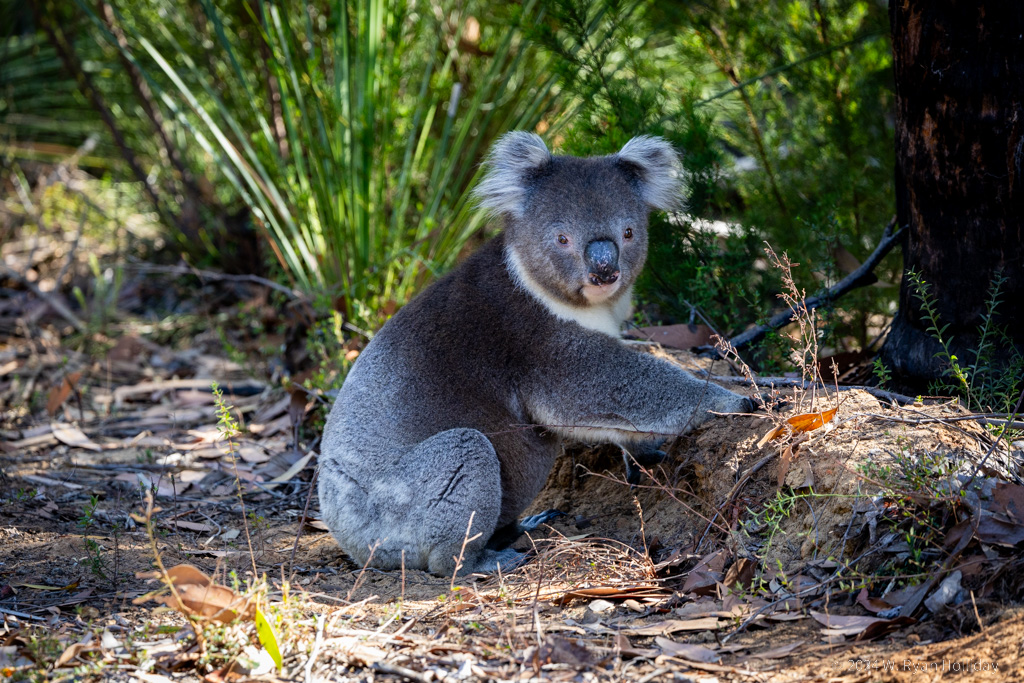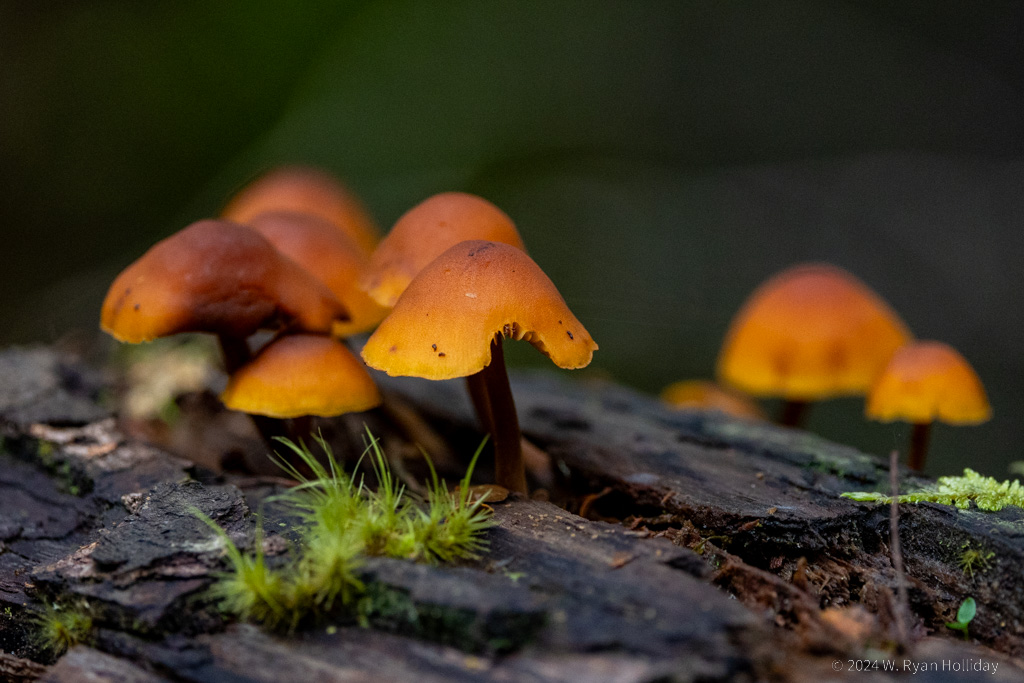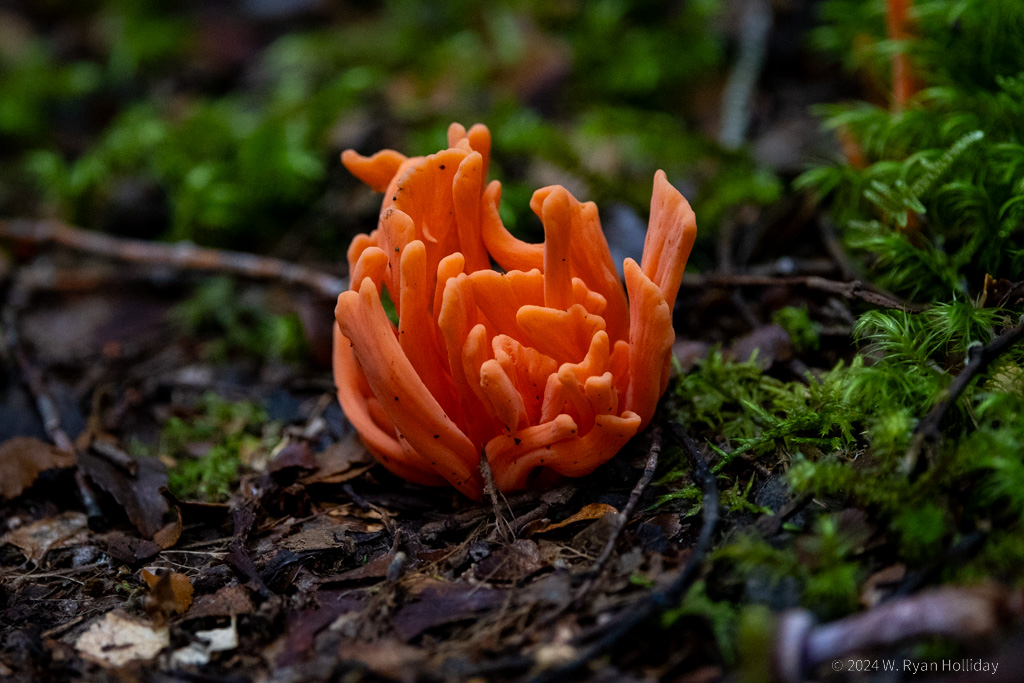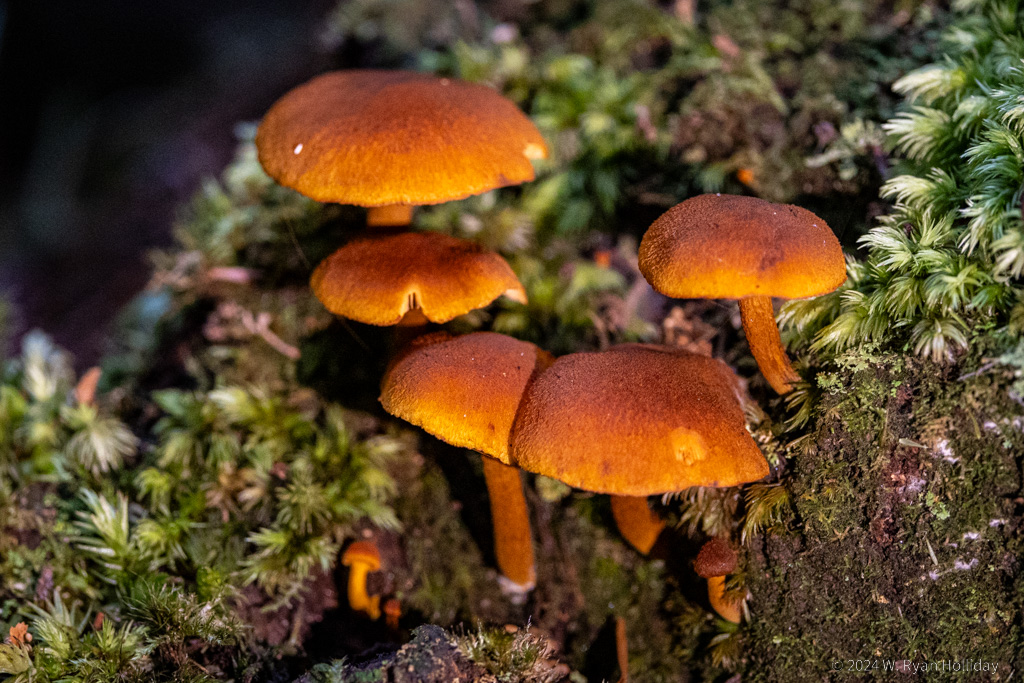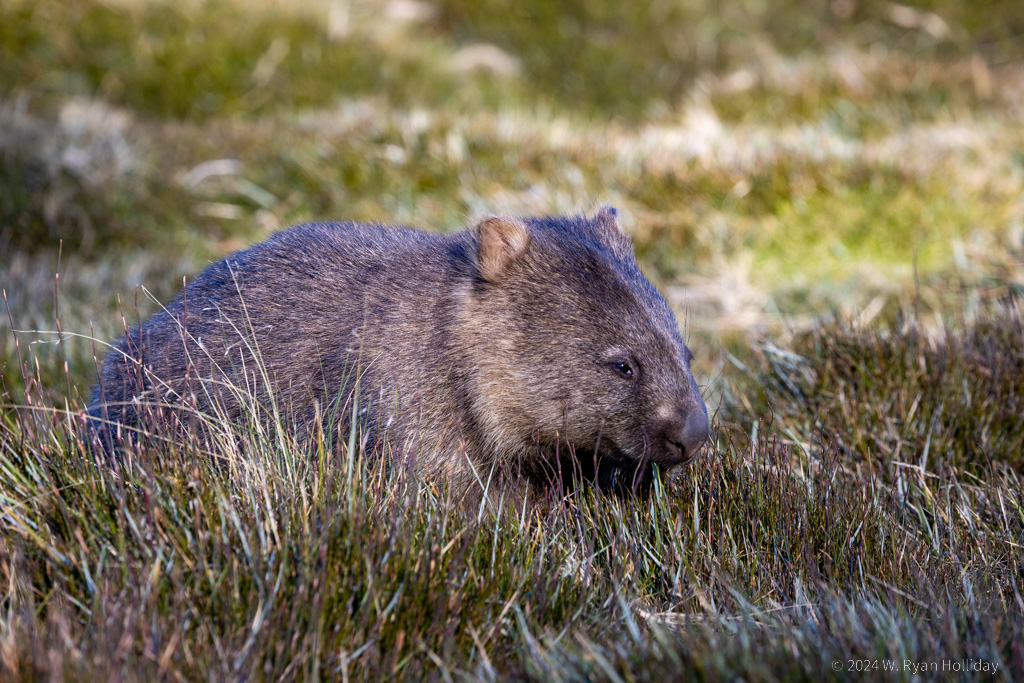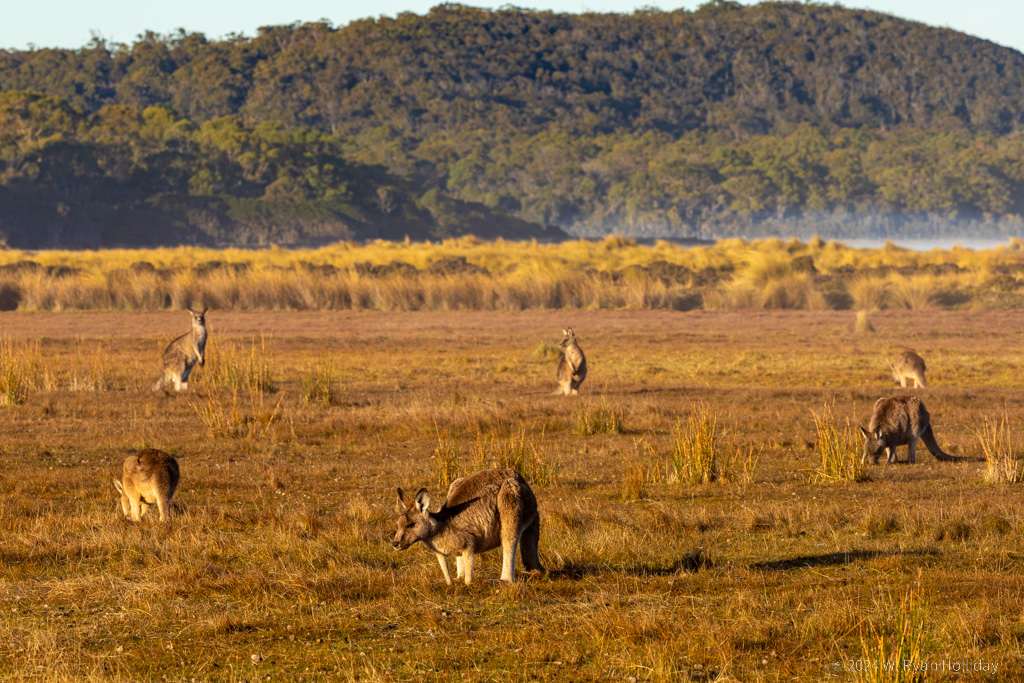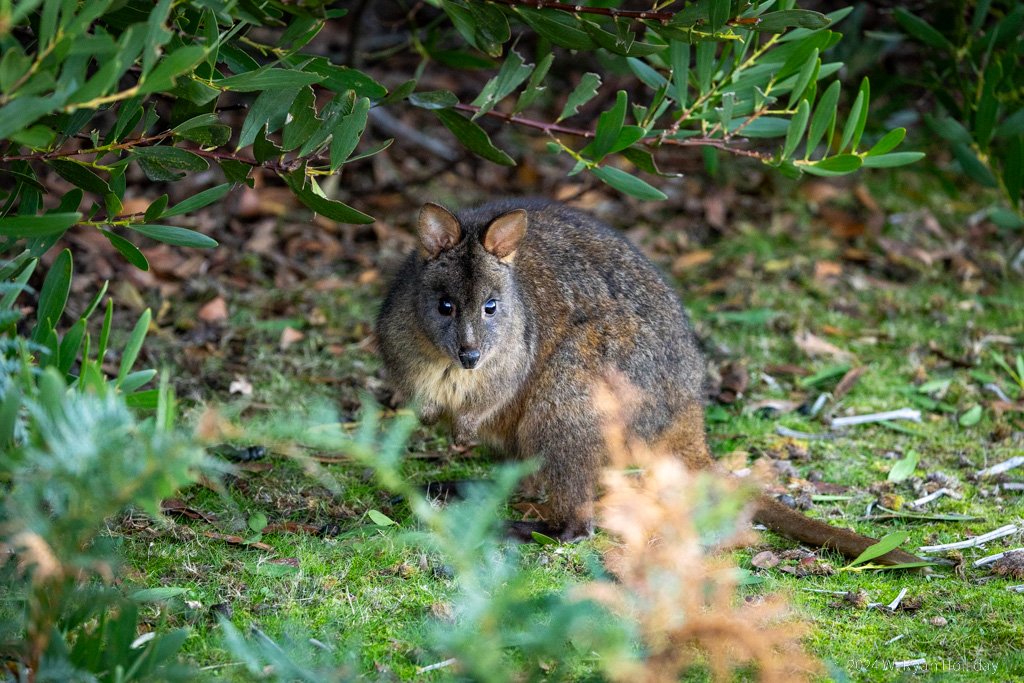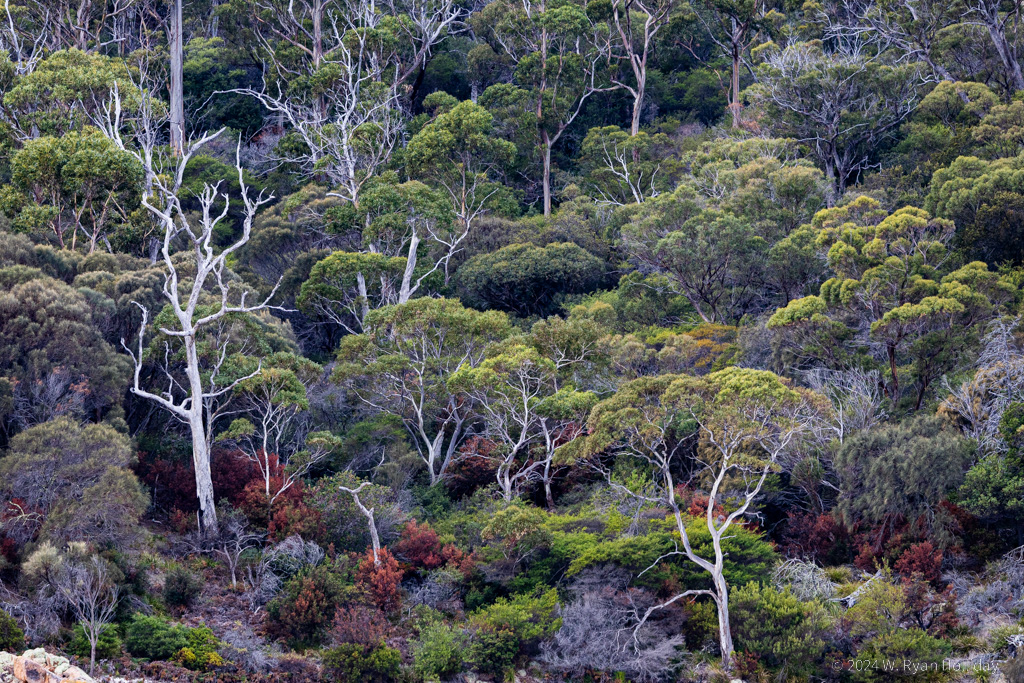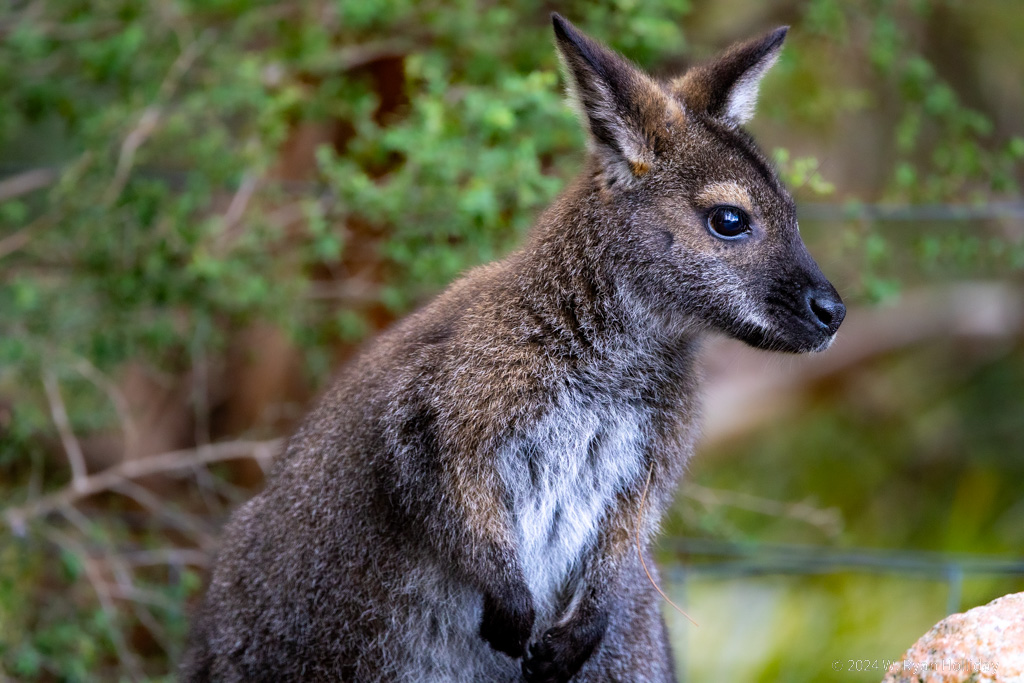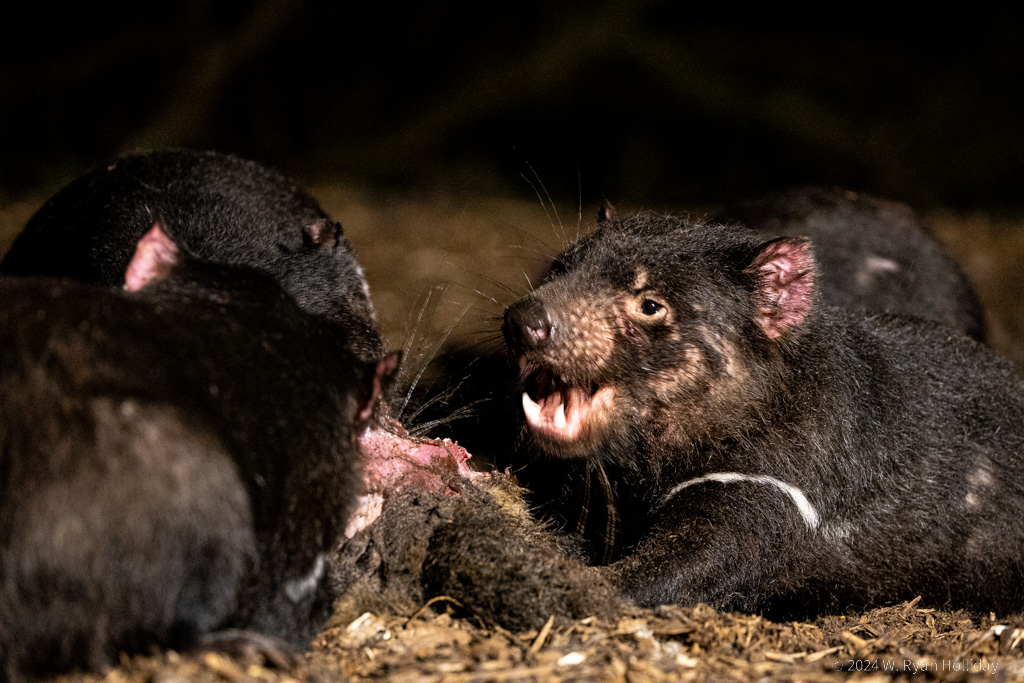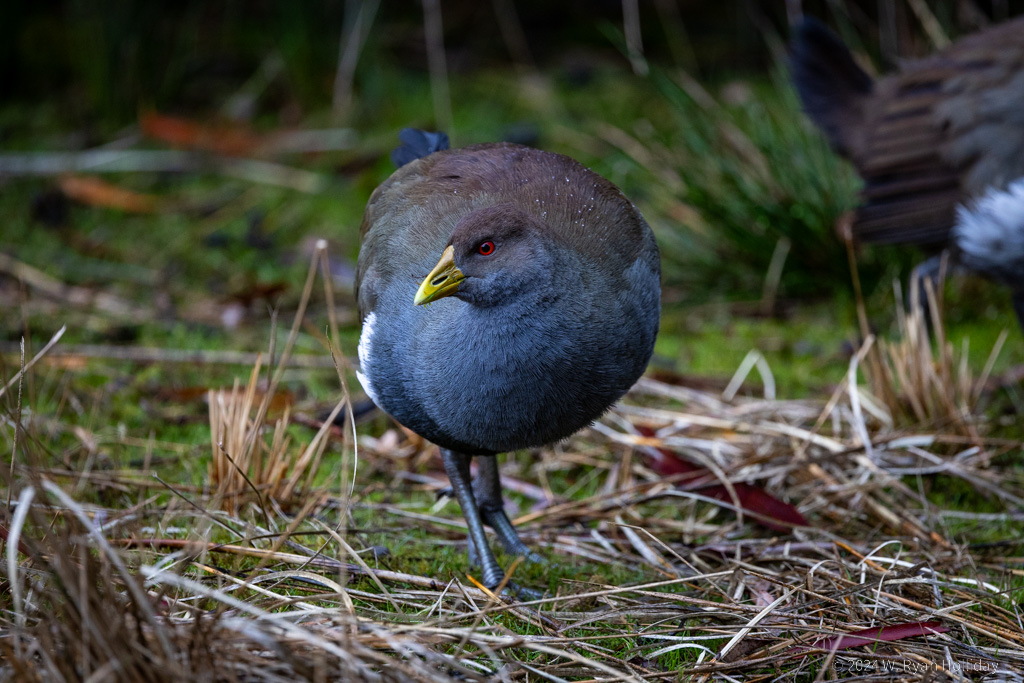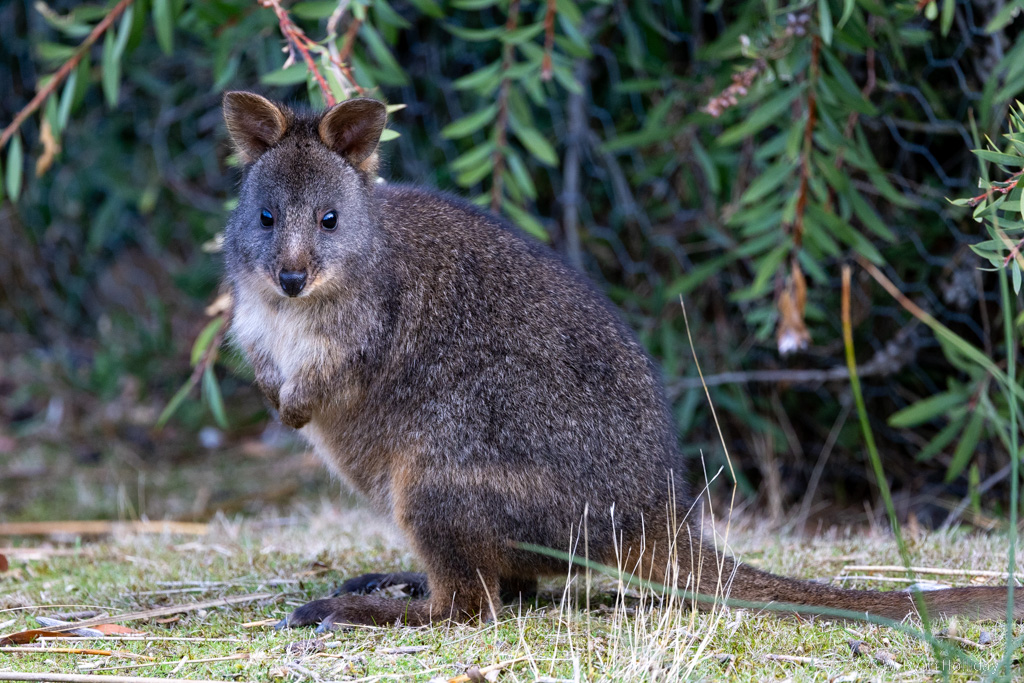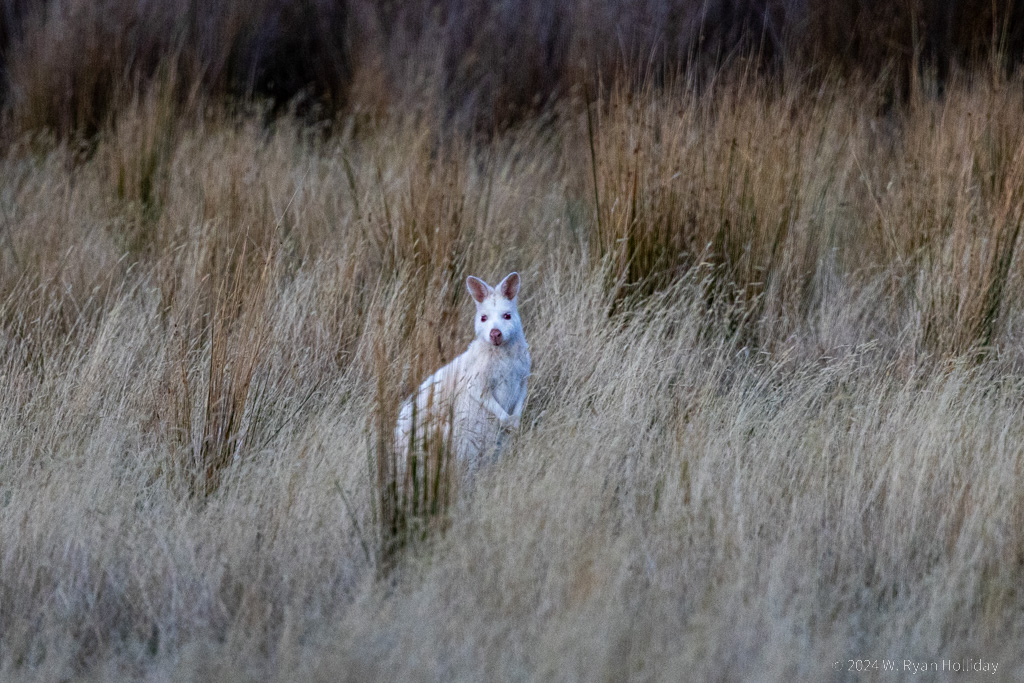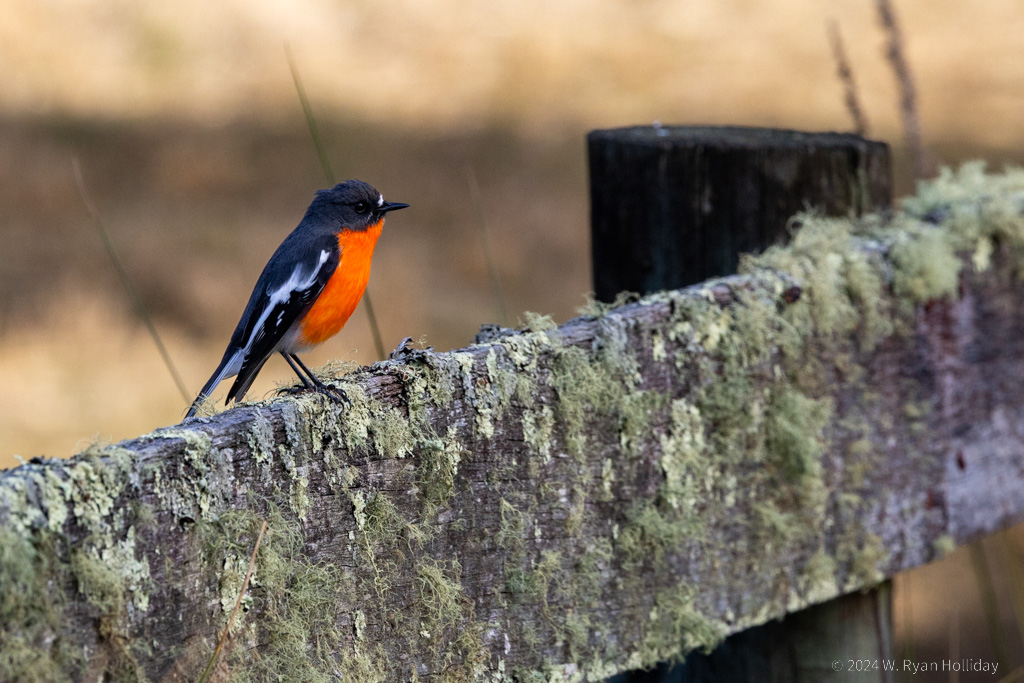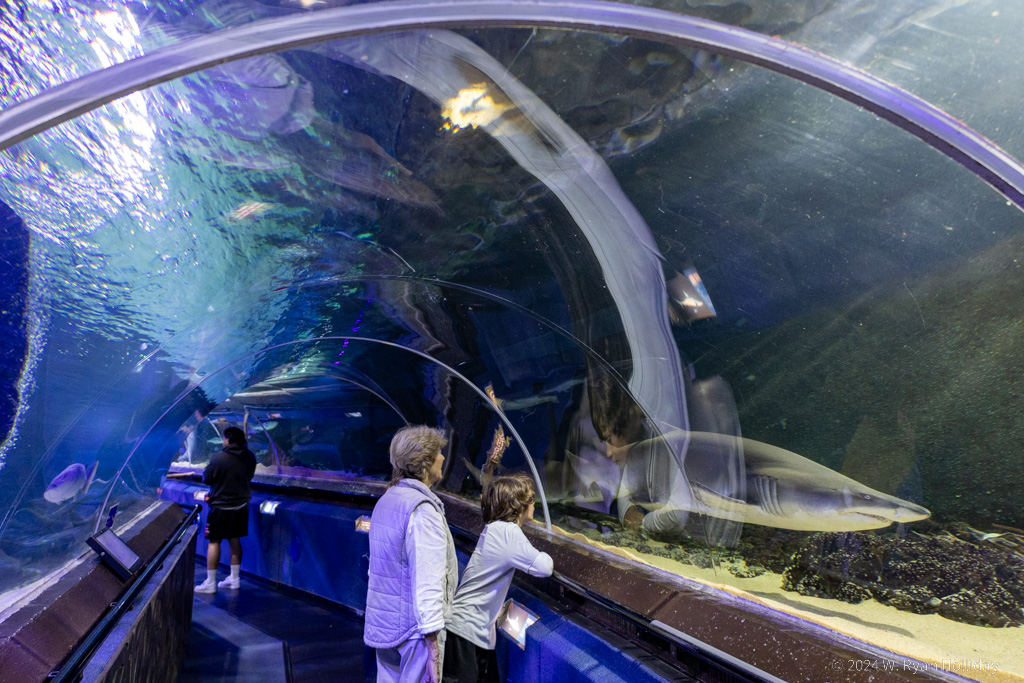Australia is much bigger than we initially realized, so while planning the trip the logistics of getting from A to B were daunting. There are several places in Western Australia that we wanted to see, but after looking at flight schedules and driving options we had to cut a few of them out. As a result, Perth became a place where we’re spending a few extra days in order to facilitate visits elsewhere, but since I’m loathe to let time pass without activities we’ll keep those days filled with adventures.
Today’s main adventure was going to prison with a lovely man named Nigel. Since the early days as a penal colony were so pivotal to Australia’s development we wanted to see at least one of the old gaols, and Fremantle Prison is a UNESCO listed site that is huge and still fully intact. Nigel met us (and 19 others) at the gates and then led a shockingly good tour through the massive prison for the next 75 minutes. With cells that were originally only 4 feet by 7 feet, no toilets (Nigel made sure to tread lightly when telling us about prisoner’s buckets), and no heating or cooling, it was clearly not a pleasant place to have been incarcerated, and despite increasing the cell sizes in the early 1900s, the lack of heating, cooling or plumbing persisted until the prison eventually closed in 1991. The tour also included a visit to the gallows, which was a macabre place; as we entered Nigel gingerly stated “Welcome to the gallows. Or maybe welcome isn’t the right word, but I’m never quite sure how to start this part of the tour.”
After telling us many horrifying stories about prison life, the tour ended and Nigel bid us a cheery good day. Our other main stop was the eclectic Fremantle Markets, a series of indoor stalls with everything from produce to Tibetan food to palm readings to jigsaw puzzles – if you needed dragon fruit, soothing oils, banh mi, and a nice skirt, this was your ideal one-stop destination. Audrey was excited by the opportunity to do some shopping, while I felt exactly the opposite, so we went our separate ways during the afternoon, and she had some retail therapy while I visited the shipwreck museum and learned everything there is to learn about how to sink a boat in Western Australia.
Tomorrow we’re off to Rottnest Island to hang out with quokkas, a sentence that will hopefully make more sense in 24 hours if/when we post some photos.



